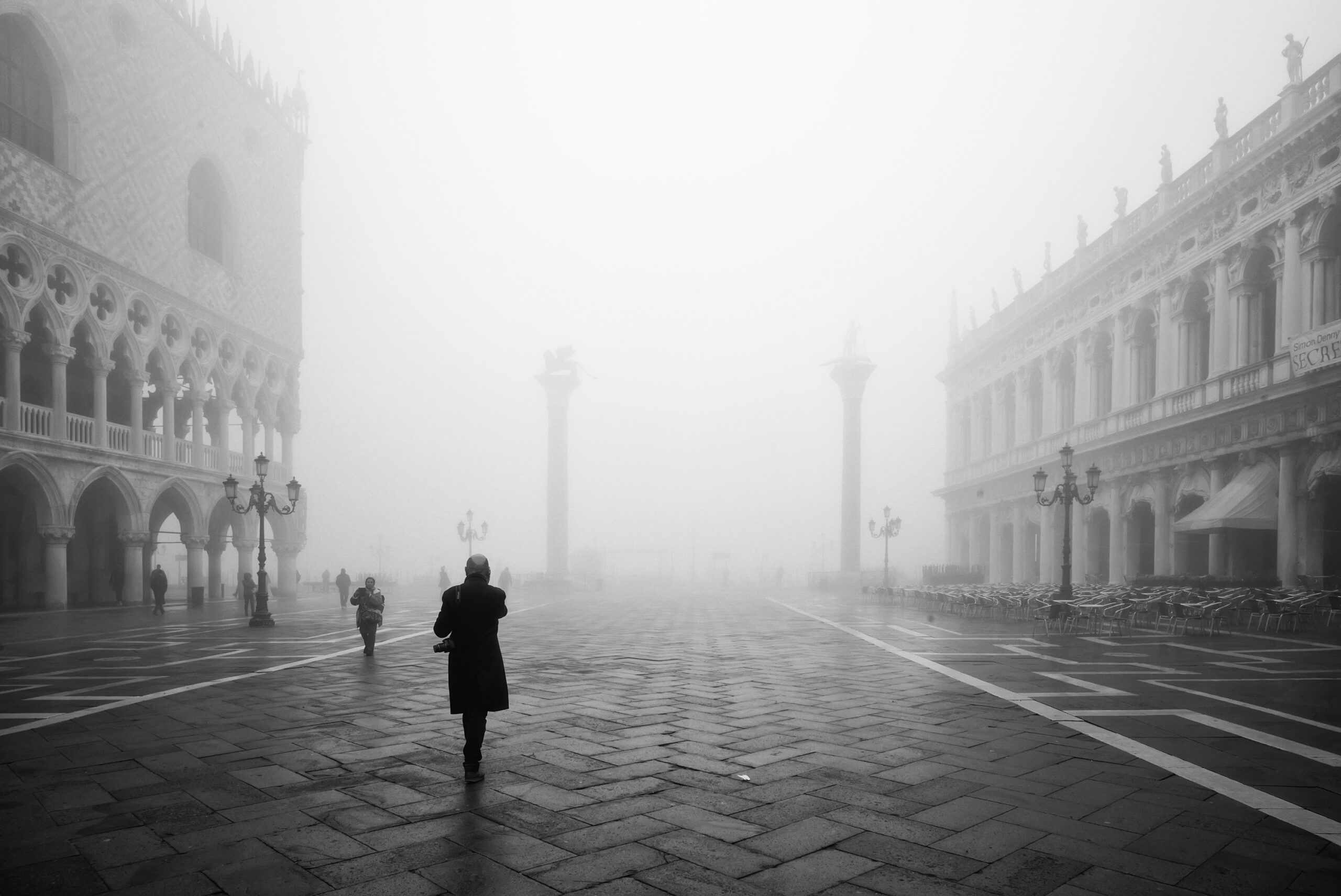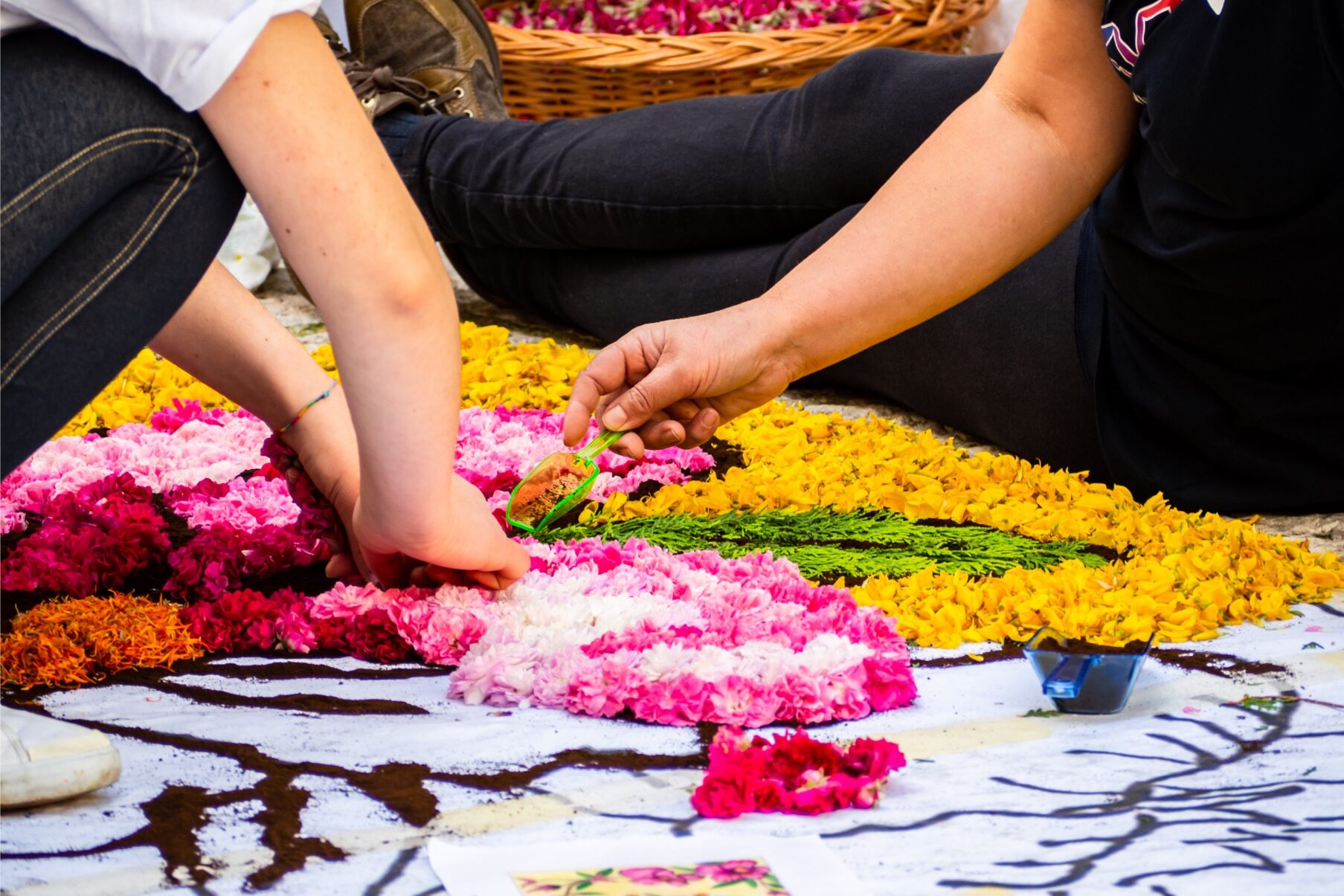Marco Secchi’s photography workshops go beyond the typical landscape photography course. As a highly acclaimed photojournalist whose work is exclusively licensed by Getty Images, his expertise is undisputed. His workshops do more than teach the technical aspects of photography, they impart the skill of truly seeing the world, transforming a simple snapshot into a deeper, more observant form of art.
This renewed approach to observation sharpens the focus on details and seeks to uncover the deeper meaning behind our curiosity. This philosophy in photography teaches us to look beyond the obvious, to see past mere appearances. It’s an understanding that deepens our connection with and appreciation of our surroundings, helping us to recognize the true essence of why we call Italy “Belpaese.”
The term Belpaese, synonymous with Italy, is rich in historical significance. It was used by Dante Alighieri and Petrarch, the fathers of Italian literature, in their works: Dante refers to Italy as “del bel paese là dove ‘l sì suona” in his Divine Comedy, while Petrarch describes it as “il bel paese ch’Appennin parte e ‘l mar circonda et l’Alpe” in his Canzoniere. This term is not just a stereotype but a vivid depiction that captures the beauty of Italy. By looking at our surroundings with “new eyes,” we can truly appreciate the beauty and depth of the landscapes that define this nation.
Ironically, it is often the locals, those most familiar with their surroundings, who overlook their beauty. They are surprised to hear tourists and travelers extolling overlooked or unnoticed features. Conversely, foreigners may quickly notice distinct features due to their contrasting backgrounds but often lack a deeper understanding. They are enchanted by the immediate allure of a place but miss out on its other facets. In the teachings of great photographers, taking a photograph is not merely capturing an image. It involves thinking, decoding, translating, and feeling a place, going beyond a mere click on a phone.
Secchi asserts, “I believe every photograph should tell a story rather than be just a beautiful image.” In other words, it’s about giving substance to what you see. Understanding Venice or the Venetians during a stroll, for instance, becomes a complex exercise until you realize that it’s all about empathy, about mutual exchange. Only when you engage in an internal dialogue with the place can you truly see Venice and capture it through your lens. Its bridges, alleys, gondolas, romantic waterfront, churches, islets, bell towers, and canals are so beautiful and ineffable that a thousand photos might not suffice. But within those thousand photos, you might capture nothing more than a landscape distinct from Venice Beach or Fisherman’s Wharf unless you’ve managed to perceive the magical soul of the lagoon.
After all, what sets us apart from the artificial intelligence in our smartphones? With all the cameras and algorithms at their disposal, our smartphones could take pictures ten times better even without our intervention. But beyond the perfect shot, a photo might fail to capture the emotion of a tourist standing before the magnificence of Venice. A smartphone, on its own, could never show what the eyes of someone returning to Venice after years can see. That person might even see things that aren’t there: people, glances, attire, distant memories, walks in a deserted St. Mark’s Square while it’s teeming with tourists. In reality, they’re searching for memories and past sensations among the districts.
As Secchi says: “Art is not just about the end product but the process – the human experience, emotion, and personal touch that go into creating a piece. The idea of AI replicating or replacing human creativity raises questions about the value and uniqueness of art. The point is, can AI truly replicate the depth of human emotions and the nuances of personal experience, so often at the heart of art?”
So, it’s how we approach the world that makes the difference. Thus, if we were to take that stroll in Venice with a resident, a local photographer, or someone who left the city to live elsewhere, we would see something entirely different from just the water lapping at the foundations of historic buildings. “While AI can mimic styles and techniques, the heart and soul of art – the human touch – is irreplaceable,” says Secchi. Similarly, visiting Italy can be much more than a checklist to tick off; it all depends on the attitude with which you experience your Italian stay. It can be a journey of self-discovery, a way to challenge your own habits, or an opportunity to understand the cultural heritage that an Italian-American carries with them, even when living far away.
Le foto-passeggiate che offre sono molto più di un corso di fotografia paesaggistica. Marco Secchi è un fotoreporter pluripremiato. Basti dire che il colosso Getty Images concede in licenza esclusiva le sue immagini. Seguire un suo workshop consente di capire la differenza tra vedere e osservare, permette in poche parole di cambiare atteggiamento nel momento in cui si decide di scattare una foto con il telefonino.
Questo sguardo “rigenerato” che non solo impara a cogliere i dettagli ma cerca di capire cosa c’è dentro quello che ci incuriosisce, è una lezione che va ben oltre la fotografia. Perché imparare ad andare oltre la superficie, le apparenze, consente di comprendere meglio ciò che ci circonda, il patrimonio ambientale e paesaggistico che ci fa dire ma non capire fino in fondo perché, ad esempio, l’Italia è un Belpaese.
Questa definizione che è diventata un sinonimo della penisola e che ha origini antiche se è vero che già Dante e Petrarca, i sommi poeti della prima letteratura in italiano, così la definirono nei loro capolavori, nell’Inferno (“del bel paese là dove ‘l sì suona”) della Divina Commedia il primo e nel Canzoniere (“il bel paese ch’Appennin parte e ‘l mar circonda et l’Alpe”) il secondo, è tutt’altro che vuota o stereotipata. Basta guardarsi attorno per vedere con “occhi nuovi” il paesaggio attorno a noi.
Spesso capita che proprio i residenti, coloro che dovrebbero conoscerlo meglio, non riescano a valorizzare il luogo che li circonda e restino sorpresi nel sentire turisti e viaggiatori che decantano aspetti sottovalutati o mai notati prima. Viceversa, i forestieri, che magari immediatamente colgono gli aspetti emergenti di un territorio (per differenza rispetto ai contesti di provenienza), spesso peccano di approfondimento, cioè si lasciano distrarre dal fascino immediato di un paese o una città ma non riescono a comprenderne altri aspetti. Fare una fotografia significa, almeno nelle lezioni dei grandi fotografi, pensare, decodificare, tradurre, sentire un luogo e non semplicemente fermarlo dentro un’immagine. Una foto cioè, è molto di più di un semplice click sul telefonino.
Secchi dice: “Credo che ogni fotografia dovrebbe raccontare una storia piuttosto che essere una bella immagine”. In altre parole, si tratta di dare sostanza a quello che si vede. Riuscire a comprendere Venezia o i veneziani durante una passeggiata, ad esempio, diventa un esercizio complicato fino a quando non si capisce che è tutta una questione di empatia, di scambio reciproco: solo quando si crea un dialogo interiore con il luogo sarà possibile riuscire finalmente a vedere davvero Venezia e a fotografarla. I suoi ponti, le calli, le gondole, il lungomare romantico, le chiese, gli isolotti, i campanili, i canali sono così belli e ineffabili che mille foto potrebbero non bastare. Ma in quelle mille foto potremmo riuscire a metterci dentro soltanto un paesaggio ovviamente diverso da Venice Beach o Fisherman’s Wharf, ma poco altro, se non siamo riusciti a percepire l’anima magica della laguna.
In fondo cosa ci distingue dall’intelligenza artificiale dei nostri telefonini? Con tutte le telecamere e gli algoritmi istallati, i nostri smartphone potrebbero fare foto dieci volte migliori persino senza il nostro intervento. Ma al di là dello scatto perfetto, la foto potrebbe non cogliere affatto l’emozione di un turista che si trova davanti alla magnificenza di Venezia. Un telefonino mai riuscirebbe da solo a far vedere quello che vedono gli occhi di chi torna a Venezia dopo anni. Quella persona potrebbe persino vedere cose che non ci sono: persone, sguardi, abiti, ricordi lontani, passeggiate in una piazza San Marco deserta mentre è affollata di turisti, perché in realtà tra i sestieri sta cercando memorie e sensazioni passate. “L’arte – dice Secchi – non riguarda solo il prodotto finale ma il processo: l’esperienza umana, l’emozione e il tocco personale che contribuiscono alla creazione di un pezzo. L’idea che l’intelligenza artificiale possa replicare o sostituire la creatività umana solleva interrogativi sul valore e sull’unicità dell’arte. La domanda è: può davvero l’intelligenza artificiale replicare la profondità delle emozioni umane e le sfumature dell’esperienza personale, così spesso al centro dell’arte?”.
Insomma, è il mondo in cui ci approcciamo al mondo a fare la differenza. Così, se quella passeggiata a Venezia la facessimo con un residente, un fotografo del posto o chi l’ha lasciata per trasferirsi altrove, vedremmo tutt’altro rispetto all’acqua che bagna le fondamenta dei palazzi storici: “Mentre l’intelligenza artificiale può imitare stili e tecniche, il cuore e l’anima dell’arte – il tocco umano – è insostituibile” dice Secchi. Allo stesso modo, visitare l’Italia può essere molto più di una checklist da spuntare, tutto dipende dall’atteggiamento con cui si vive un soggiorno italiano: può essere un viaggio alla scoperta di sé, un modo per mettere in discussione le proprie abitudini o per comprendere l’eredità culturale che un italoamericano porta con sè, anche se vive lontano.





























